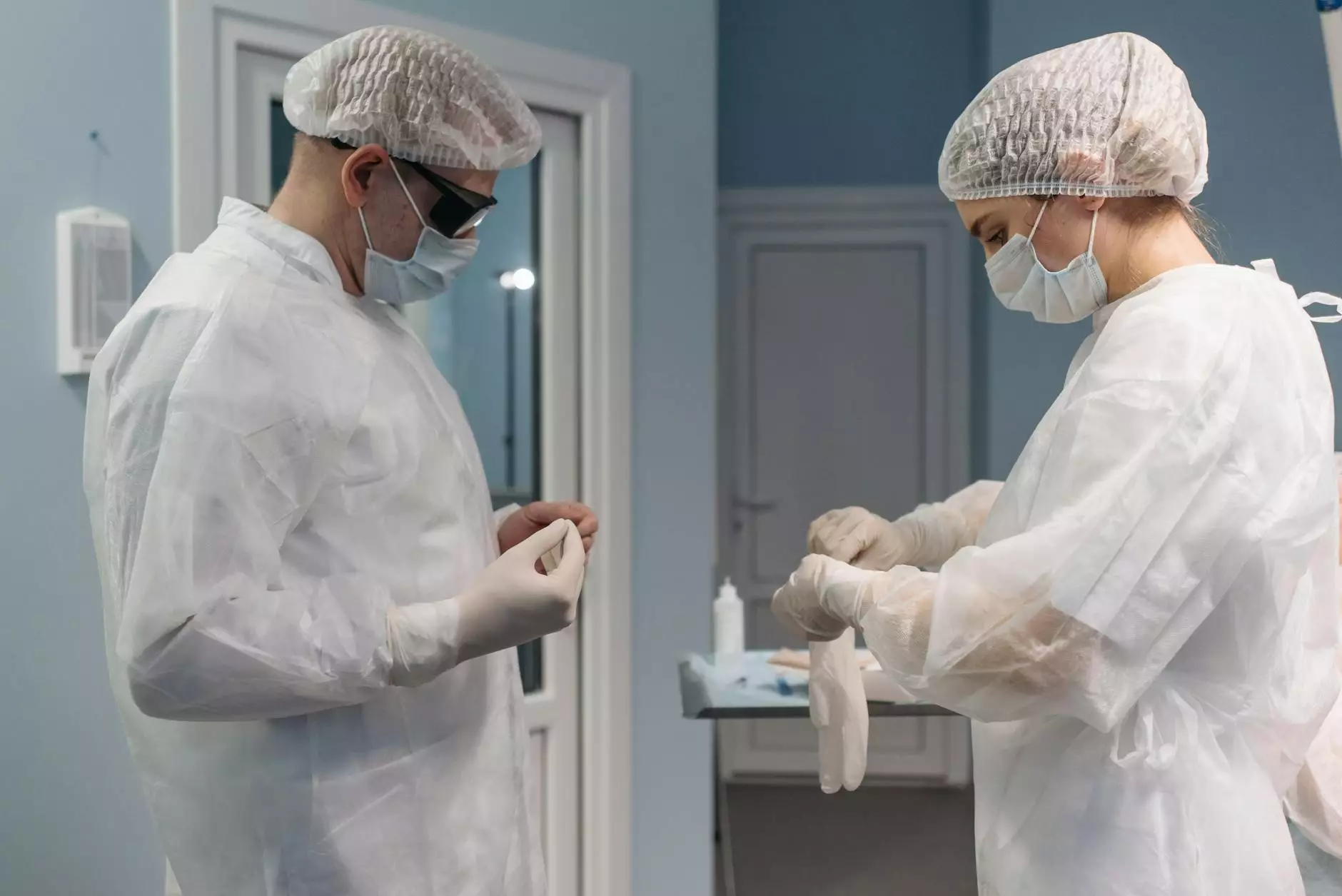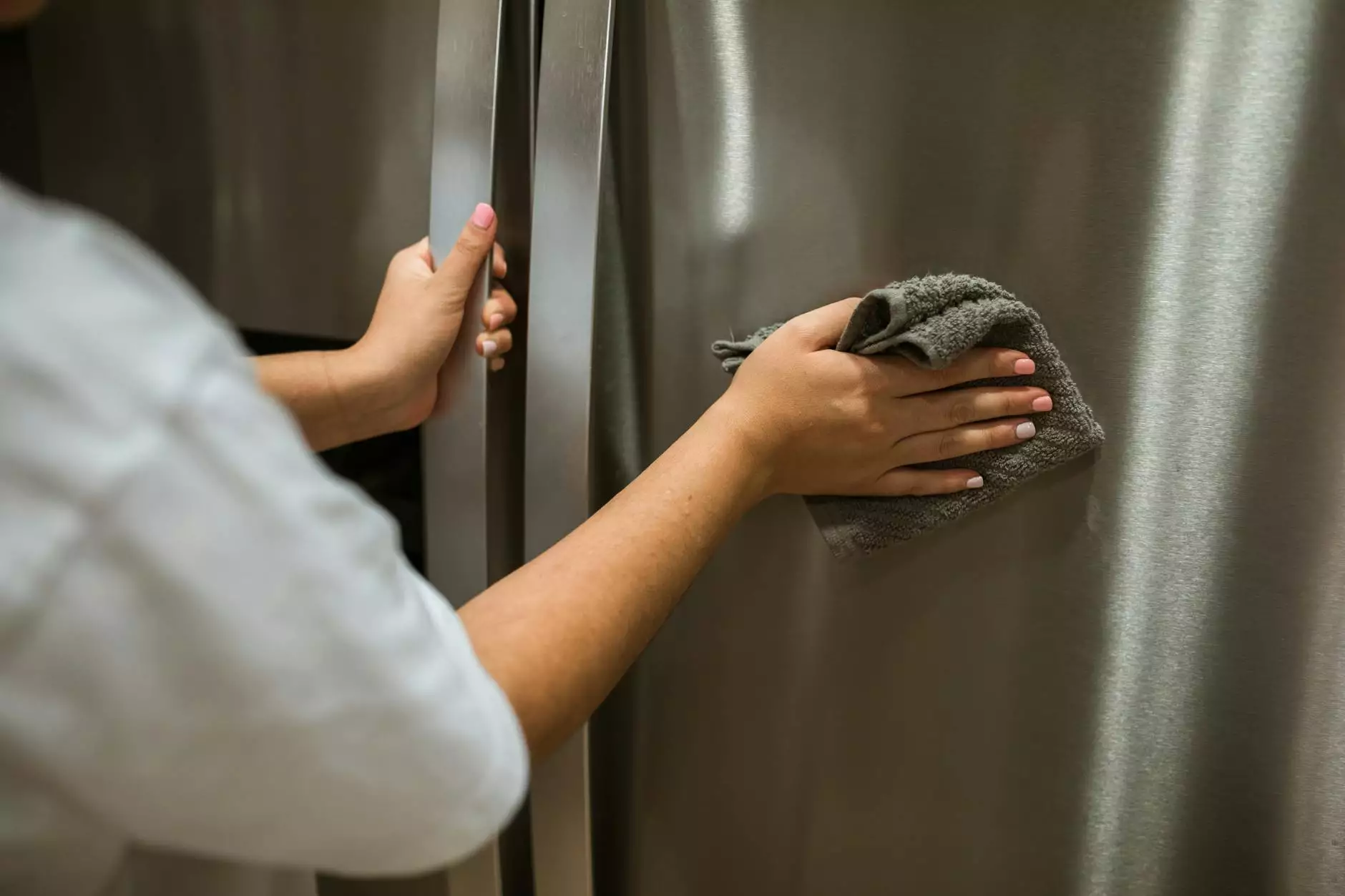Laparoscopic Salpingo Oophorectomy: A Comprehensive Guide

In the realm of women's health, laparoscopic salpingo oophorectomy is a crucial procedure that has garnered significant attention due to its benefits and effectiveness. This minimally invasive surgery involves the removal of the ovaries and fallopian tubes and is often recommended for various medical conditions. In this article, we will delve deep into the details of this procedure, exploring its indications, methodology, advantages, recovery timeline, and its overall impact on the health and well-being of women.
Understanding Laparoscopic Salpingo Oophorectomy
A laparoscopic salpingo oophorectomy is performed with the aid of a laparoscope, a thin tube equipped with a camera and light, which is inserted through small incisions made in the abdomen. This technique allows surgeons to visualize the internal organs on a monitor, performing delicate operations with precision and minimal disruption to surrounding tissues.
Indications for the Procedure
Laparoscopic salpingo oophorectomy may be indicated for several medical conditions, including:
- Ovarian cysts: Benign or complex cysts that may cause pain or other symptoms.
- Endometriosis: Where tissue similar to the lining of the uterus grows outside it, leading to pain and infertility.
- Ovarian cancer: Early-stage diagnosis of cancer may necessitate the removal of ovaries and tubes.
- Pelvic inflammatory disease: Chronic infections that may damage reproductive organs.
The Laparoscopic Salpingo Oophorectomy Procedure
The laparoscopic salpingo oophorectomy procedure typically involves the following steps:
- Preparation: Patients undergo a thorough evaluation, including blood tests and imaging studies, to assess their health status.
- Anesthesia: The procedure is performed under general anesthesia, ensuring the patient is completely unaware and pain-free.
- Incision: Small incisions, usually about 0.5 to 1 cm, are made in the abdomen.
- Insertion of laparoscope: The laparoscope is inserted through one of the incisions to provide a view of the internal organs.
- Removal of organs: Using specialized instruments, the surgeon carefully detaches the ovaries and fallopian tubes and removes them through another incision.
- Closure: The incisions are then closed using sutures or surgical tape.
Benefits of Laparoscopic Salpingo Oophorectomy
One of the primary reasons laparoscopic salpingo oophorectomy is favored over traditional open surgery is the multitude of benefits it offers:
- Minimally invasive: Smaller incisions lead to less pain, reduced scarring, and faster recovery.
- Shorter hospital stay: Many patients can return home within a day or two after surgery.
- Quicker recovery: Patients often resume normal activities more rapidly than with open surgery.
- Lower infection risk: Reduced incision size minimizes the risk of postoperative infections.
Recovery After Laparoscopic Salpingo Oophorectomy
The recovery process after a laparoscopic salpingo oophorectomy varies from patient to patient, but generally follows this timeline:
Immediate Post-Operative Care
After the surgery, patients are monitored in the recovery room until the effects of anesthesia wear off. Common post-operative care includes:
- Pain management: Medication is provided to manage any discomfort.
- Hydration: Patients are encouraged to drink fluids as soon as they can.
- Monitoring vital signs: Healthcare providers will keep an eye on heart rate, blood pressure, and other indicators.
Return to Normal Activities
Patients are generally advised to avoid strenuous activities for at least 4 to 6 weeks post-surgery. However, many women can return to light activities within a week. Key recovery considerations include:
- Physical activity: Light walking is encouraged to enhance circulation and heal.
- Follow-up appointments: Regular check-ups ensure proper healing and monitor any potential complications.
- Watch for symptoms: Patients should be aware of signs of infection or complications, such as fever, excessive bleeding, or severe abdominal pain.
Risks and Complications
While laparoscopic salpingo oophorectomy is generally safe, like any surgical procedure, it comes with risks. Potential complications may include:
- Infection: As with any surgery, there is a risk of infection at the incision sites.
- Bleeding: Internal bleeding may occur, requiring further intervention.
- Damage to surrounding organs: Although rare, nearby organs such as the bladder or intestines can be unintentionally injured.
- Anesthesia complications: Reactions to anesthesia, while uncommon, can occur.
Conclusion: The Importance of Laparoscopic Salpingo Oophorectomy in Women’s Health
Laparoscopic salpingo oophorectomy is a pivotal tool in the management of various gynecological conditions. Its minimally invasive nature offers numerous benefits, making it a preferred choice among healthcare professionals and patients alike. With adequate understanding and preparation, patients can look forward to enhanced health outcomes and a quicker return to their daily lives.
If you or someone you know is considering a laparoscopic salpingo oophorectomy, it is essential to discuss the specifics with a qualified healthcare provider. The team at drseckin.com is dedicated to providing comprehensive care and support through every step of this journey. By prioritizing women's health, we aim to empower patients through knowledge and superior medical practices.
Embracing new advances in medical technology, laparoscopic surgery represents a significant step forward in providing effective, safe, and patient-centered care. As research and techniques continue to evolve, so too will the opportunities for women to lead healthier, happier lives.









